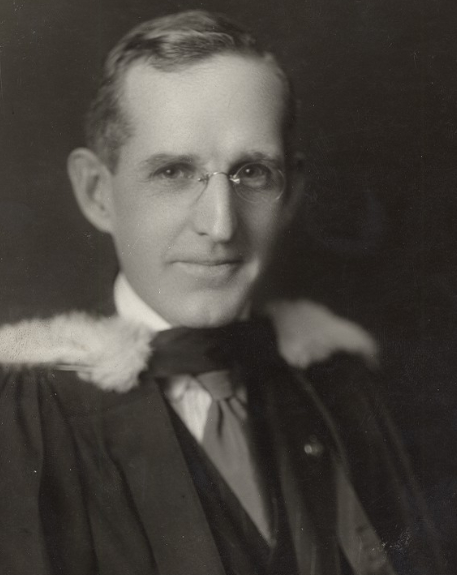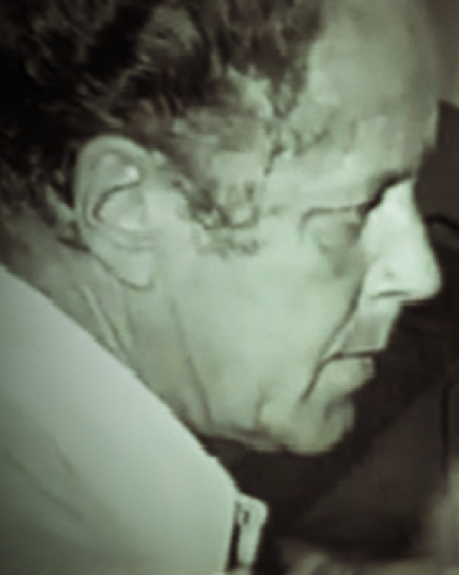2012 INDUCTEE John J.R. Macleod, MB ChB Diabetes, Evidence-based Medicine & Clinical Trials, Leadership in Organizational Development
September 6, 1876
(Perthshire, Scotland )
March 16, 1935
MD, University of Aberdeen (1898)
1932: Fellow of the Royal Society of Edinburgh
1928: Honorary DSc, University of Pennsylvania
See All AwardsAwards & Honours:
1932: Fellow of the Royal Society of Edinburgh
1928: Honorary DSc, University of Pennsylvania
1923: Nobel Prize in Medicine
1923: Honorary DSc, University of Toronto
1923: Cameron Prize for Therapeutics of the University of Edinburgh
1923: Fellow of the Royal Society, London
1919: Member of the Royal Society of Canada
Honorary Degree, Cambridge University
Honorary Degree, University of Aberdeen
Honorary Degree, Western Reserve University
Honorary Degree, Jefferson Medical College
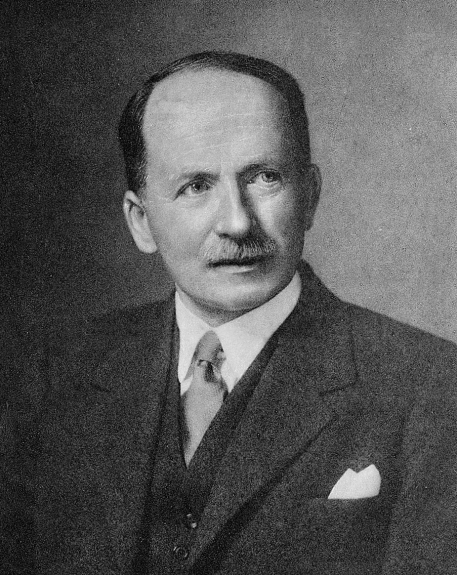
Directed the research that led to the discovery and clinical use of insulin as an effective therapy for diabetes mellitus
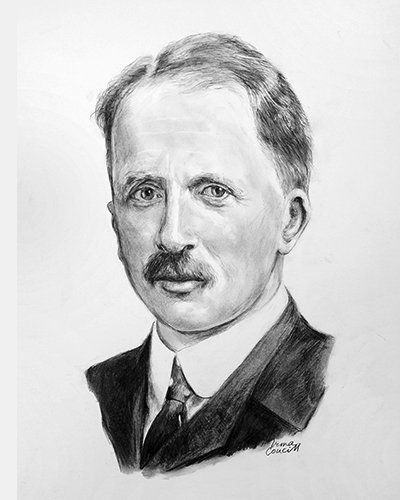
Inspiring collaborator and determined leader
The uneasy story of the discovery of Insulin begins in 1920, when Dr. Frederick Banting took his research proposal on the pancreases and diabetes to Dr. Macleod’s laboratory. Dr. J.J.R. Macleod worked closely and, often times, in great conflict with Dr. Banting in the planning and execution of the research that led to the discovery. After extensive historical analysis and an investigation by the Nobel Prize Committee, it is clear that Dr. Banting’s research proposal would not have been successfully completed without Dr. Macleod’s contributions. As director of the work, he also played a critical role after the discovery in overseeing insulin production, clinical trials, licensing and ongoing research.
Key Facts
Investigated a wide range of fields, including work on phosphorous content of muscle, air sickness, electric shock, and the chemistry of the tuberculosis bacillus
Played a key role in the introduction of scientific methods of investigation into clinical work
Shared half of his Nobel Prize money with James Collip to acknowledge his contributions to the discovery of insulin
Professional timeline
Impact on lives today
Dr. Macleod's leadership and expertise provided Frederick Banting with the resources and direction he needed to carry out his experiments. By supervising the work in his lab and suggesting improvements, Dr. Macleod made the discovery of insulin possible and its mass production a reality. This medical advance forever changed the lives of those suffering from diabetes and continues to result in millions of lives saved.
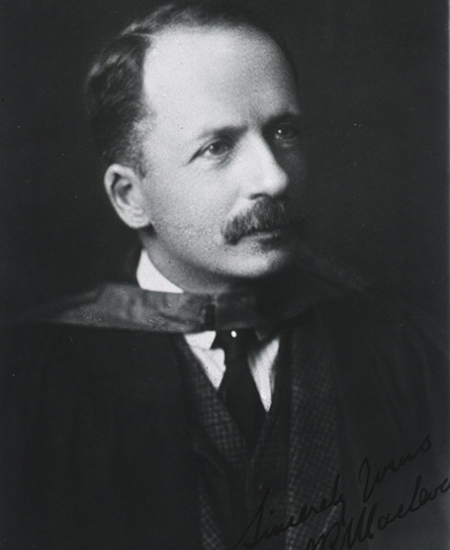
2012
-
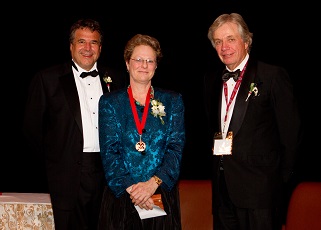
J.J.R. Macleod posthumously inducted into the Canadian Medical Hall of Fame
Represented by Patricia Brubaker, PhD (University of Toronto, Department of Physiology) in Toronto, Ontario.
-
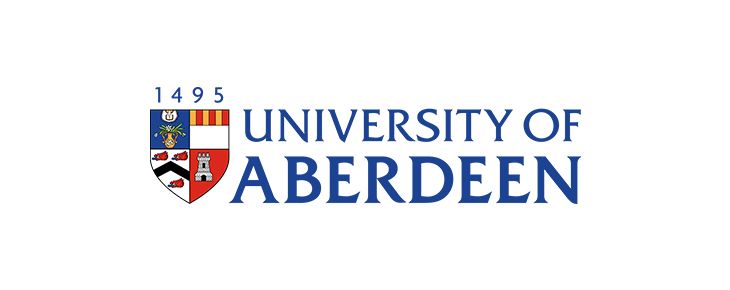
After living in Canada for ten years, Dr. Macleod returned to his native Scotland to become Regis Professor at the University of Aberdeen
Health and Medical Education & Training -
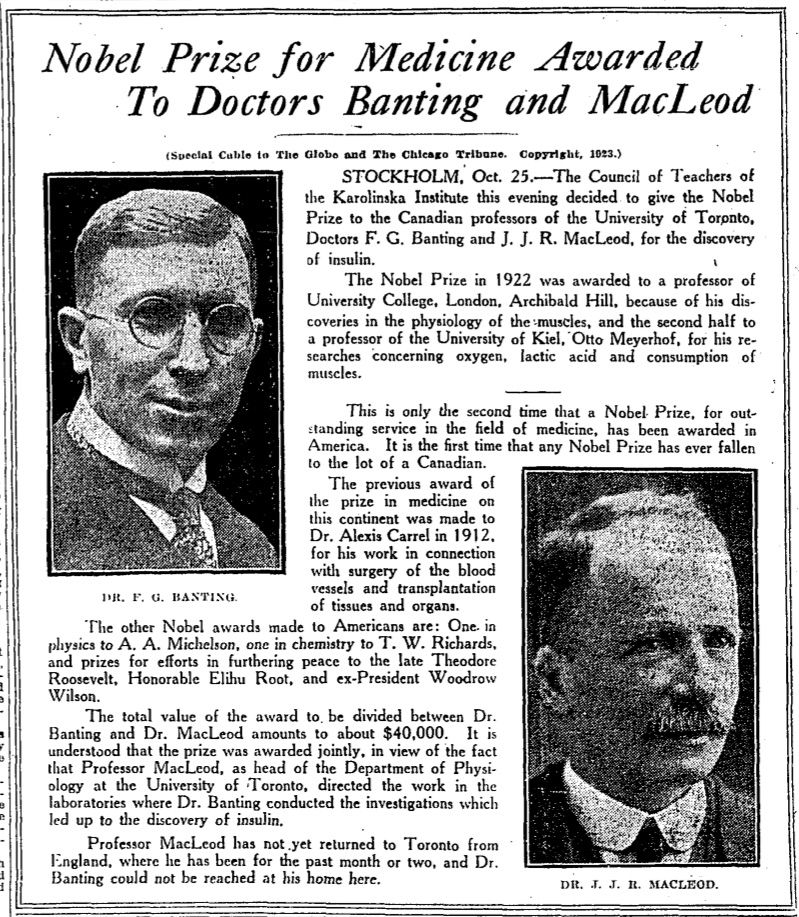
Frederick Banting and J.R.R. Macleod became the first Canadians to win the Nobel Prize for Physiology or Medicine
Diabetes -
The first human test of insulin was conducted on a 14-year old boy named Leonard Thompson at Toronto General Hospital
DiabetesWhile the first test failed, the Toronto team soon met success.
-
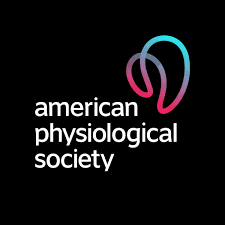
A testament to the respect colleagues had for Dr. Macleod and his work, he was elected President of the American Physiological Society
Leadership in Organizational Development -
Dr. John J.R. Macleod agreed to take Frederick Banting into his laboratory at the University of Toronto
DiabetesDr. Macleod supplied Dr. Banting with experimental animals as well as a research assistant (Charles H. Best). Macleod worked closely with Banting in the planning and execution of his research.
-
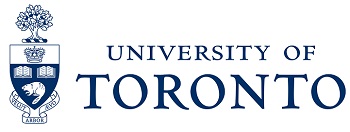
Dr. Macleod came to the University of Toronto as Professor of Physiology
Leadership in Organizational Development, Health and Medical Education & TrainingUpon his arrival he was made director of the Physiological Laboratory and Associate Dean of the Faculty of Medicine.
-
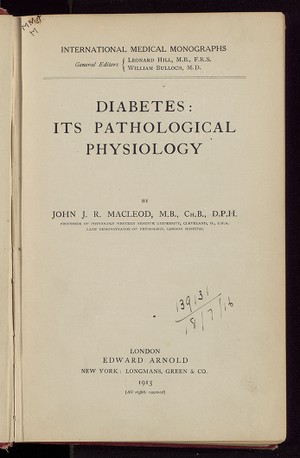
A reflection of his early and longstanding interest in diabetes, Dr. Macleod published Diabetes: Its Pathological Physiology
Diabetes -

A few years after completing medical school at the University of Aberdeen, Dr. Macleod left the United Kingdom to become Professor of Physiology at Western Reserve University in Cleveland, Ohio
Health and Medical Education & TrainingHe remained in this position for 15 years.
1903
He was the stabilizing force in the insulin discovery.

